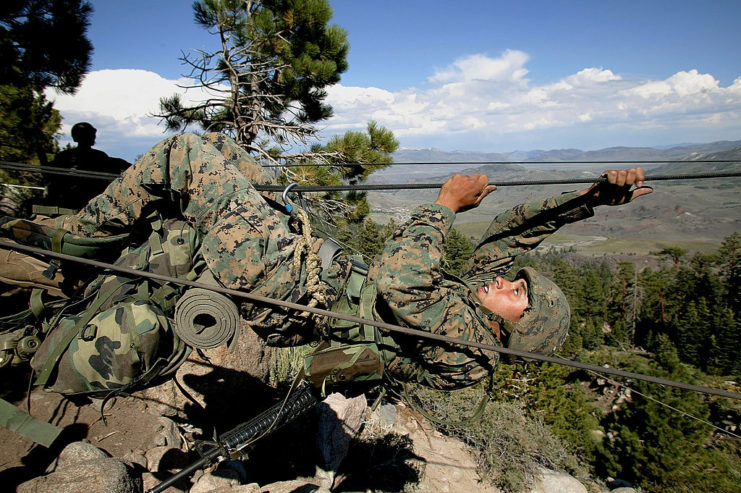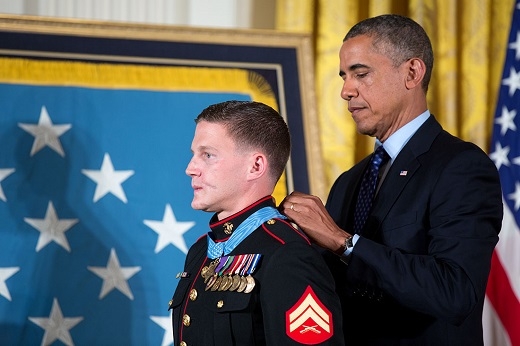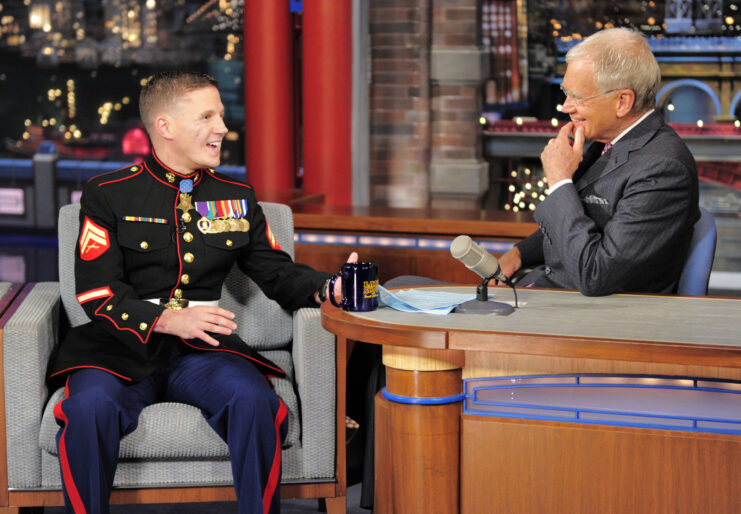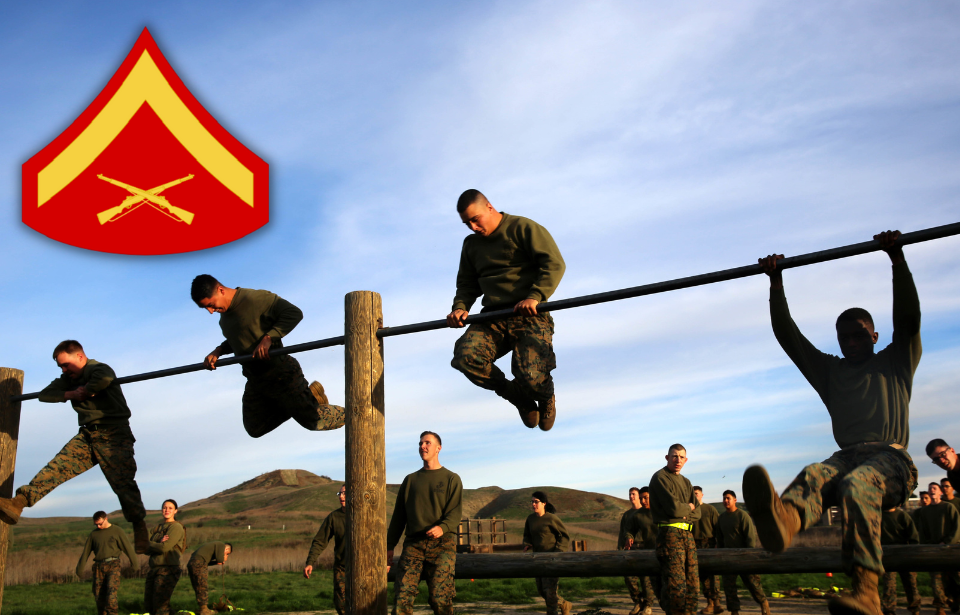The US Marine Corps is renowned for its resilience, strength and skill, making it the most rigorous and accomplished branch of the US military. Completing the demanding 12-week basic training program and enduring the intense 54-hour field survival test doesn’t guarantee that recruits will achieve the esteemed rank of lance corporal, often regarded as the service’s premier rank.
What does the rank mean?

The rank of lance corporal is the third in the US Marine Corps hierarchy and is a relatively common title among those who serve. Above private first class but below corporal, it’s the highest rank a Marine can achieve without being a non-commissioned officer. It’s awarded to those who demonstrate strong leadership abilities, as the title itself translates to “leader.”
The term “lance corporal” blends two ancient terms: “corporal,” derived from the Italian phrase capo corporale, meaning “head of the body,” and lancepesade, meaning “broken lance” or “broken spear.” Together, they can be interpreted to mean “one who has broken a lance in combat.” Thus, a lance corporal is recognized as an accomplished warrior and military leader.
First used in the United States in 1802

In medieval Europe, the term described a small group of soldiers and is still used to denote leadership of smaller units. In the United States, the title of lance corporal was introduced as early as 1802 and officially recognized in 1821. By 1965, the US Army phased out the rank, merging its insignia into the private first class designation.
Meanwhile, the US Marine Corps informally used the ranks of lance corporal and lance sergeant since the 1830s. By 1917, these ranks became increasingly redundant due to the introduction of a new rank: private first class. Although the rank of lance sergeant fell out of use, lance corporal continued to be used.
Not officially instated in the US Marine Corps until 1958

The lance corporal rank remained in the Marines into the 1930s, but was infrequently used until it was officially instated as a rank in 1958, following the Career Compensation Act of 1949. Today, it speaks to the storied and unique history of the US Marine Corps, with those wearing the rank’s chevron with crossed rifles doing so with pride.
What does it take to become a lance corporal?

The title of lance corporal can be somewhat controversial among Marines. While many have earned the rank for being extraordinary leaders and accomplished warriors, others infamously involved themselves in all sorts of mischief. One who truly embodied what it means to be a lance corporal is Medal of Honor recipient, Kyle Carpenter.
Carpenter was serving overseas in Afghanistan in November 2010 when the enemy launched a daytime attack and began to throw hand grenades toward him and fellow Marine, Nick Eufrazio, who were both stationed on a rooftop security post. Without any regard for his own safety, Carpenter threw himself toward one, shielding his partner from the explosion.
Kyle Carpenter exemplified what it means to be a lance corporal

Carpenter, who retired with the rank of corporal, suffered the brunt of the blast. He lost his right eye and most of his teeth in the explosion. His jaw and right arm were also shattered, and while he had to undergo dozens of surgeries, he survived his injuries.
Want War History Online‘s content sent directly to your inbox? Sign up for our newsletter here!
In 2014, he was awarded the Medal of Honor for his selfless service, becoming the eighth living recipient for service performed in Afghanistan. Like many lance corporals before him, his rank spoke to his legendary potential both on and off the battlefield – a trademark of true Marine Corps excellence.
